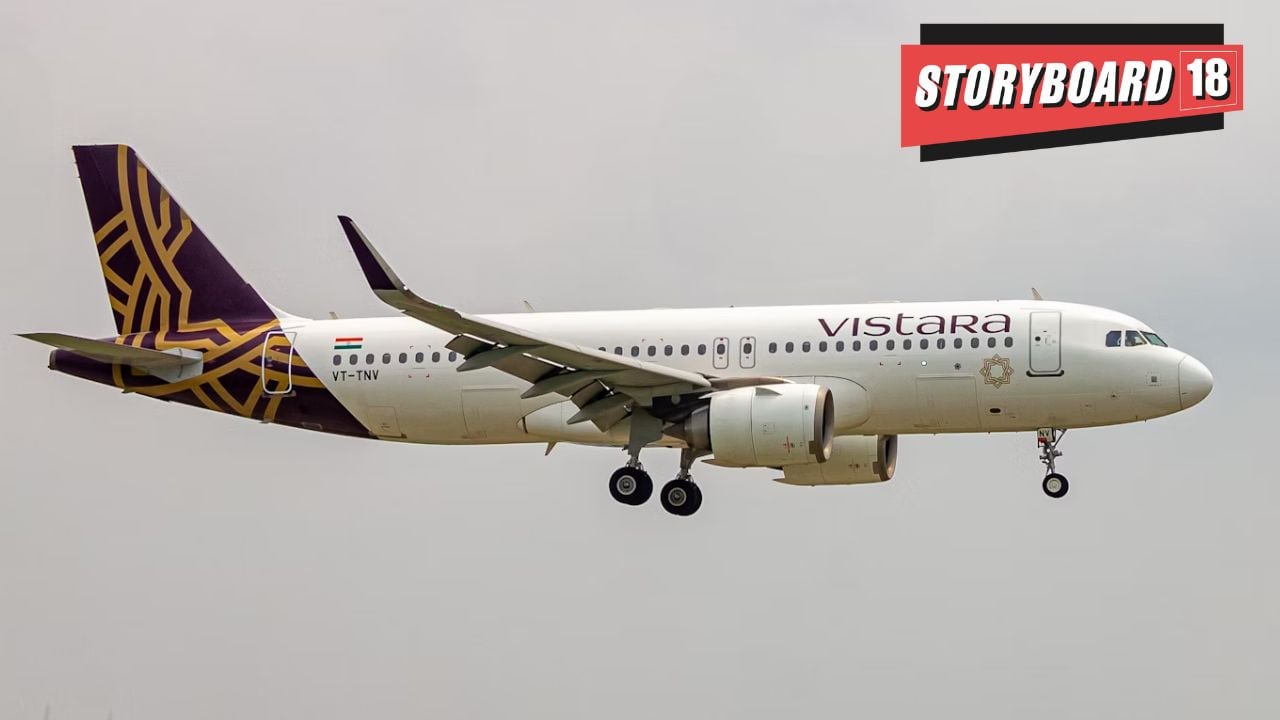Its curtains for Vistara. The airline is being merged with Air India on November 11, bidding goodbye to its many patrons and admirers. This move has been in the works for a while, so it’s not exactly a surprise, but it’s still an unusual step, one that would have given the Tatas much to think about before finally pulling the plug on Vistara.
Post mergers and acquisitions, it is not uncommon for companies to choose a single brand out of the options they have. It makes financial sense, lends focus, makes investment decisions easier, and simplifies the business. What stands out here is the fact that, in spite of being a younger brand, Vistara is a far more well-regarded brand than Air India.
Popularity of Brand Vistara
In an industry where building a good reputation is notoriously difficult, Vistara is seen by many as India’s best airline. One has only to look at Indigo to appreciate just how easy it is for a brand to lose lustre. Indigo started out extremely well, but the pressure of growth seems to have taken a toll if one goes. By the many tales of woe that passengers have been narrating of late. Vistara, on the other hand, is seen to have maintained its level of service; its food is unusually well thought of, going by airline standards, and overall it is seen as a premium and responsive brand.
Brand Air India Struggles
Air India, on the other hand, is anything but. Plagued by decades of mismanagement at the hands of the government, this once prestigious carrier is in reputational tatters. It suffers from many of the problems that legacy public sector brands do: old infrastructure, ageing employees used to a culture of indifference, political interference at every step, and financial mismanagement. In terms of image, Air India is a brand that, barring a few diehard supporters, is not by means preferred. Its shortcomings have been exposed even more once the sector has seen the influx of private sector brands.
Even in the few years since its takeover by the Tatas, the brand is struggling. To be sure, improvements have been made, new aircraft are being added, and the food is getting some attention, but none of these have moved the needle significantly enough. To be fair, it is not easy for such a large organisation with such a long history to turn smartly on its heels and do an about turn. Change is going to be a long and arduous process, and no easy short cuts are available.
That makes this particular decision even trickier than it would have been otherwise.
Is Merger A Good Idea?
Here we have a really popular and liked brand being sacrificed at the altar of another, which is old, frayed around the edges, and one that is difficult to change quickly. Wouldn’t it have been smarter to continue with both brands? After all, Air India Express and AIX (formerly Air Asia) already exist; couldn’t another brand have been kept in the portfolio? In theory, the idea of simplifying the business and achieving financial and operational efficiency makes sense, particularly since even Vistara was not making profits, but in reality, is a valuable asset being lost?
The problem with this argument is that it ignores the potential value of the Air India brand. It is not just another name, but one that carries with it the aspirations of the nation. It represents the country; owning this brand is not just a matter of profits but also one of pride and prestige. For the Tatas in particular, given that they built this brand at its inception and have been trying to regain control over it for a long time now, it is a matter of responsibility. At a certain level, having acquired the brand, they have no option but to back it fully, however onerous the task. The question of running both brands, with Air India being the lower-cost option, simply does not arise, not for practical reasons but for emotional ones.
Vistara, for all its premiumness, simply does not have the depth resonance that an Air India has. Yes, it is true that a lot of the early promise of the brand has been squandered away, but in the long run, it is a brand that needs to be revived and restored to its former glory. This seemingly perverse decision by the Tatas is rooted in the long term and is seen from the lens of promise rather than leverage. The smarter thing might be to retain Vistara, but letting it go might turn out to be wiser. In the long run, a vibrant and well-run Air India is an invaluable asset, however difficult the task seems at the moment.
While brands are business assets and need to be viewed from the lens of business metrics, that is not all that they are. They connect with us in deeper, more subterranean ways. They speak to our underlying needs and motivations and have the power to symbolise much more than what the product offers on the surface. Air India is potentially much more than an airline. As the nation progresses, it can be a tangible sign of the best that it has to offer.
The Tatas have taken on a challenge by backing Air India. As a business group, they are perhaps the most equipped to handle this, but all eyes will be on them. They cannot afford to get it wrong.
Santosh Desai is columnist, author and brand consultant. Views are personal, and do not represent the stand of this publication.
